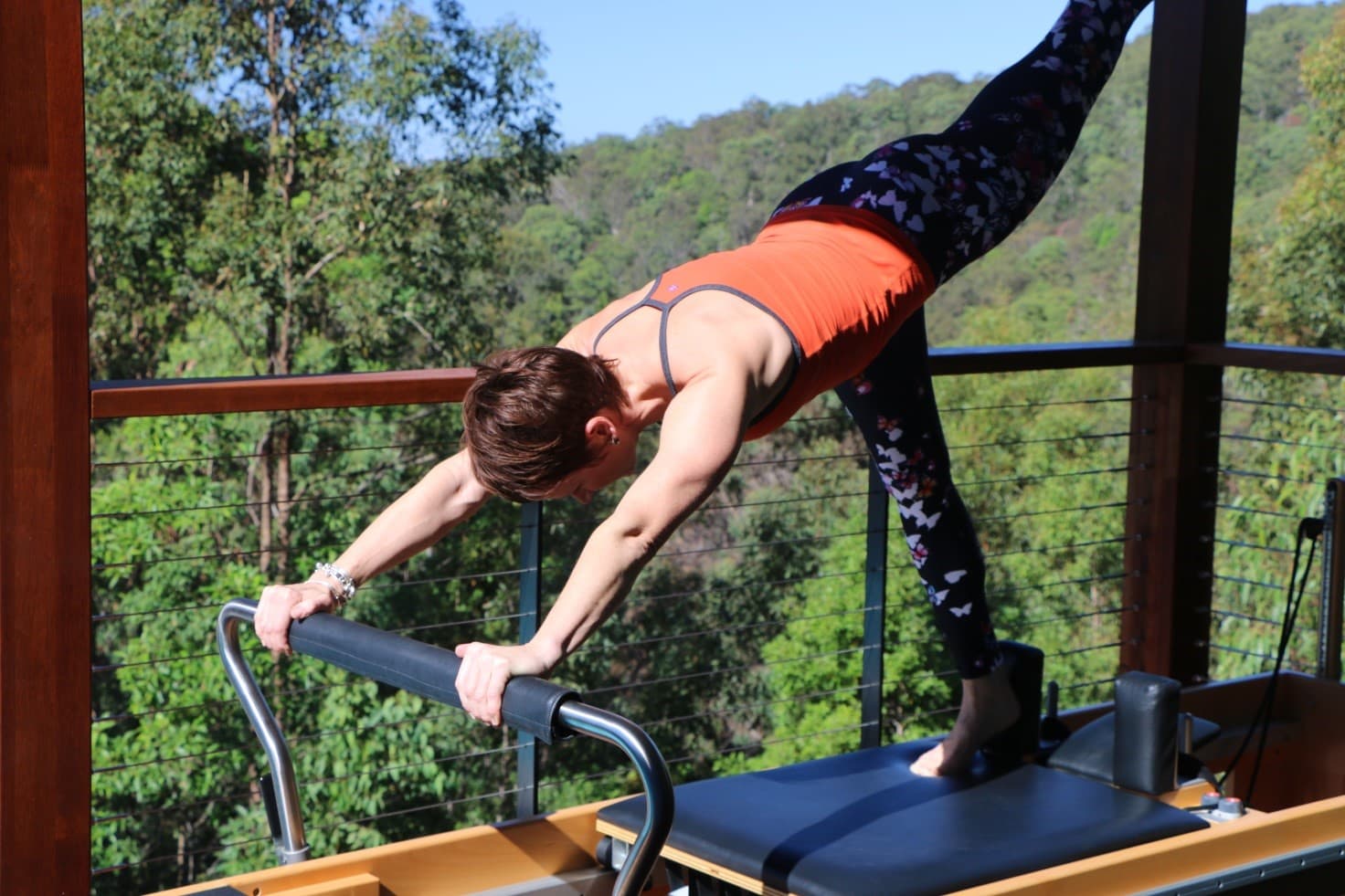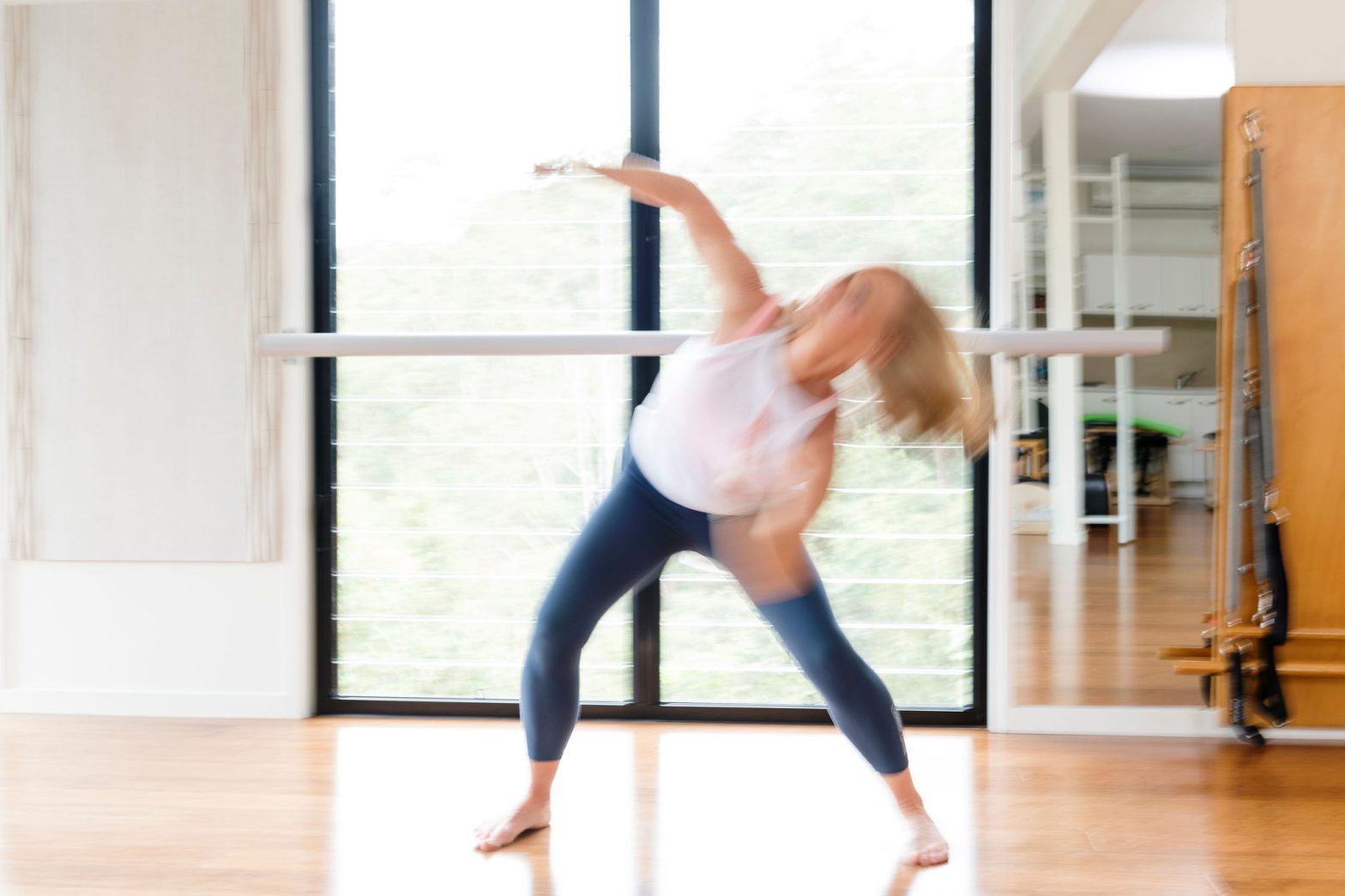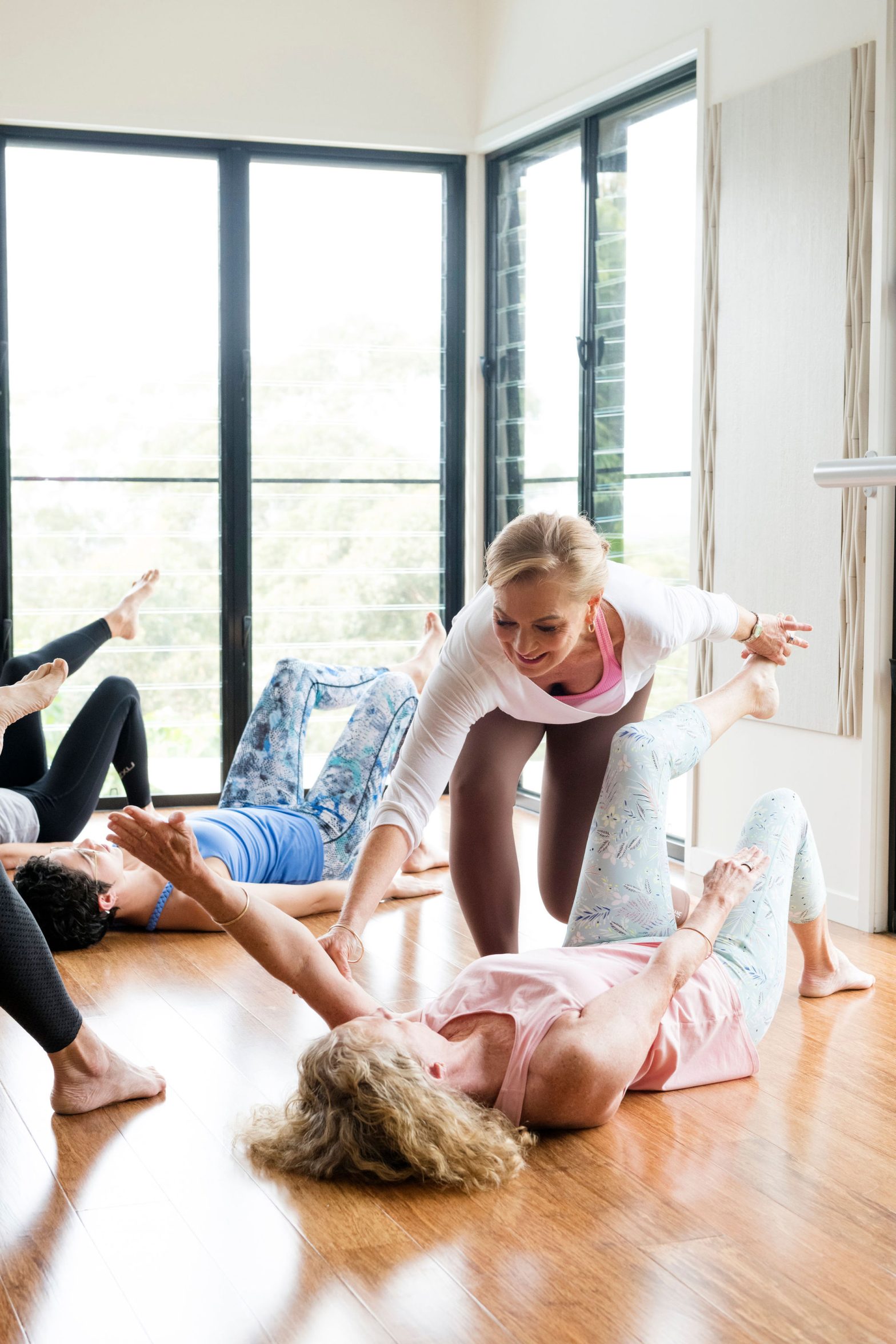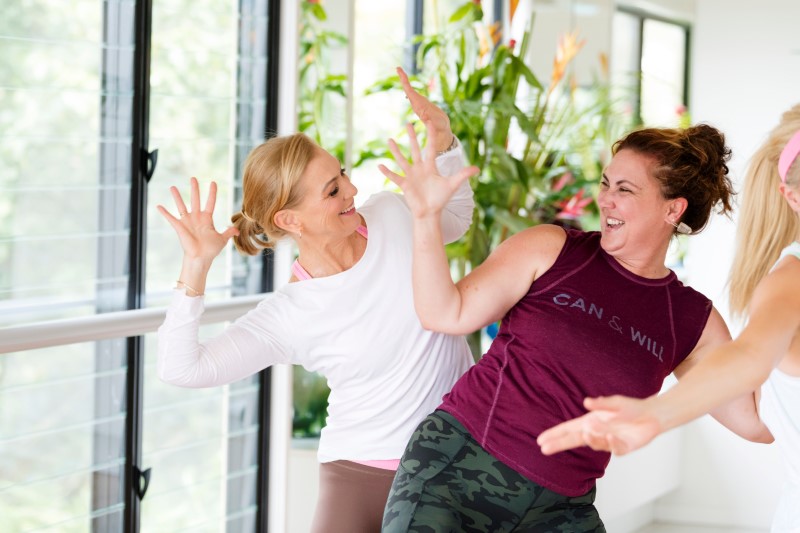
Pilates for runners
Posted on August 29, 2019 by adminRunning is popular and accessible form of exercise for many people of all ages. However, runners can be at risk injury due to poor technique and therefore prone to developing pain or discomfort as a result of muscle imbalance or uneven gait cycles. Due to the high impact nature of running, preexisting injuries, weaknesses, imbalances, or pathologies can also be exacerbated through running regularly.
Pilates works well as a complementary form of exercise for runners of all abilities- ranging from professional athletes to those who run for fitness and fun. Pilates is recommended as a method of preventing or recovering from injury as well as improving running performance and technique.
Running injuries most often arise from a number of causes such as muscle imbalances, overused/underused muscles, uneven gait patterns, limited range of motion in the knees, hips, or ankles, or the sudden increase in load bearing requirement of the joints when first beginning a running program.
Pilates’ focus on carefully controlled and mindful exercises makes it ideal for those recovering from injuries or surgery, as well as those with ongoing conditions and pathologies. Instructors make use of a wide range of Pilates exercises that can help those with knee, hip, and ankle injuries to recover and improve functionality as well as maintain general fitness. More importantly, Pilates can help to prevent such injuries by addressing areas of concern before they become problematic.
Pilates comes in to assist runners to correct muscle imbalances and to improve technique through exercises targeted at specific muscles and muscle groups. The focused approach that a good Pilates programme offers will aim to build strength and endurance, correct imbalances, improve joint stability and range of motion, and to help to release tight muscles. Pilates also assists to correct or improve problematic muscle recruitment patterns and aids in the improvement of fluidity of movement. Due to its strong focus on form, Pilates can help with alignment issues, knee tracking, and joint stability. Pilates is also great for improving general fitness in order to prepare your body to begin running regularly and can help to improve performance of both beginner and seasoned runners though breath control and efficiency. By increasing awareness and mobility of the musculature surrounding the rib cage, Pilates improves breathing techniques and therefore has the potential to also improve running. By addressing each of these concerns, Pilates can help to reduce pain and discomfort during and after running as well as improving speed and endurance.
If you are a runner or suffer from a running-related injury you can contact us to discuss how Pilates might benefit you or book an individual assessment to discuss you needs and goals with one of our experienced instructors. We also encourage running coaches, personal trainers and other exercise professionals to consider taking a Pilates Short Course to add these skills to your existing repertoire.
Latest Blog Post

The Benefits of Somatic Movement Therapy Training in Australia
Somatic Movement Therapy is a rapidly growing field that combines techniques from Dance Movement Therapy and Somatic Psychology with an understanding of how the body moves. Through experiential movement sessions and developmental awareness, Somatic Movement Therapy aims to help clients reconnect with their innate movement intelligence and gain insights into emotional and physical patterns. Training …
Continue reading “The Benefits of Somatic Movement Therapy Training in Australia”

A Guide For Pilates Instructors: 6 Indicators Your Client Understands An Exercise
Excellence in Pilates can commonly be defined as the art of understanding an exercise. As a dedicated Pilates trainer, one of your top priorities is ensuring that your clients grasp the essence of each exercise. While their enthusiasm and effort may be evident, gauging their understanding is crucial to maximise their progress and prevent potential …
Continue reading “A Guide For Pilates Instructors: 6 Indicators Your Client Understands An Exercise”

Certification Pathways for Pilates Instructors in Australia
If you have a passion for Pilates and are considering becoming a qualified instructor, it’s important to understand the various certification pathways available in Australia. As a government-accredited training provider, Tensegrity Training is well-positioned to guide you on your journey to becoming a professionally recognised Pilates teacher. There are generally two main qualifications that Pilates …
Continue reading “Certification Pathways for Pilates Instructors in Australia”

